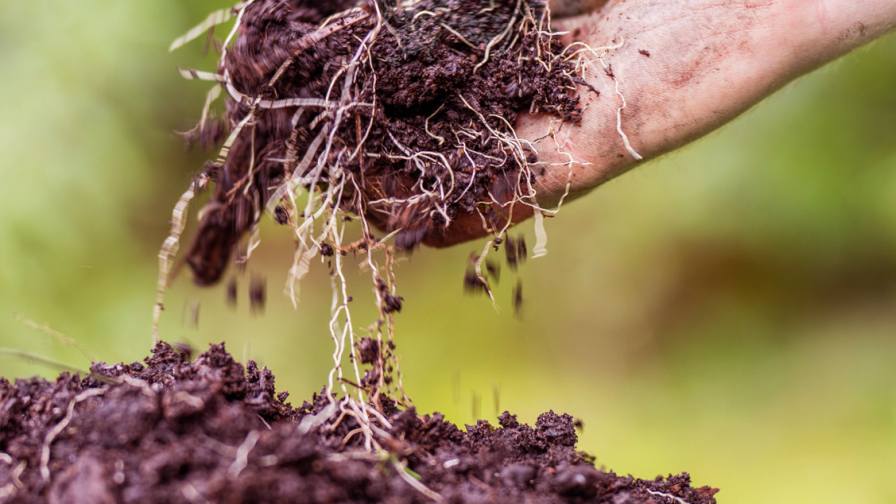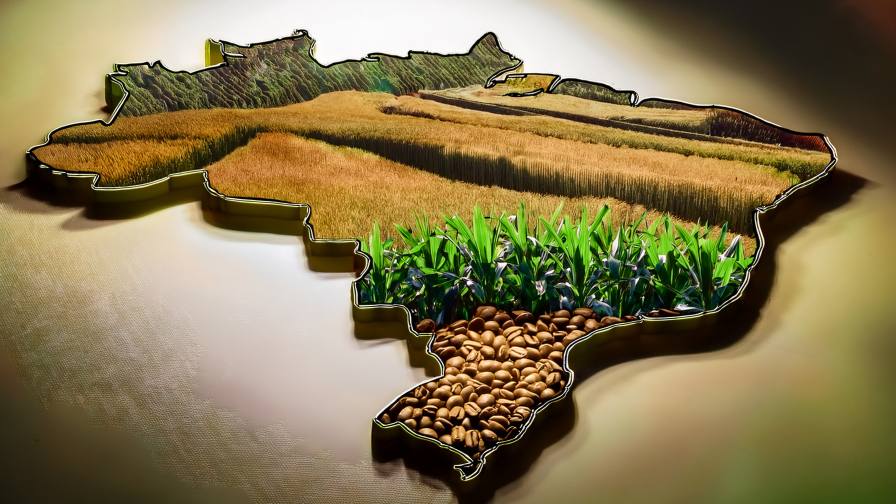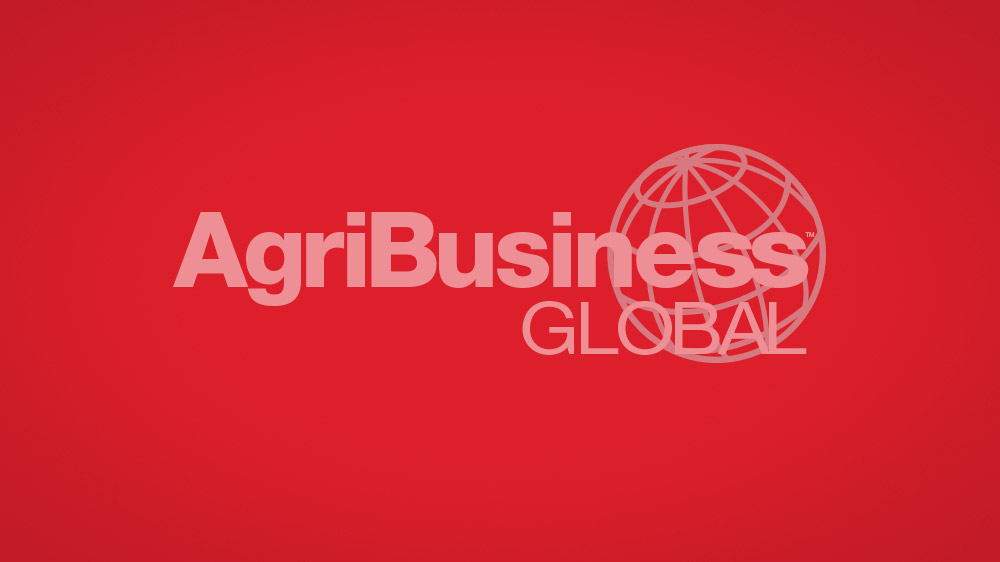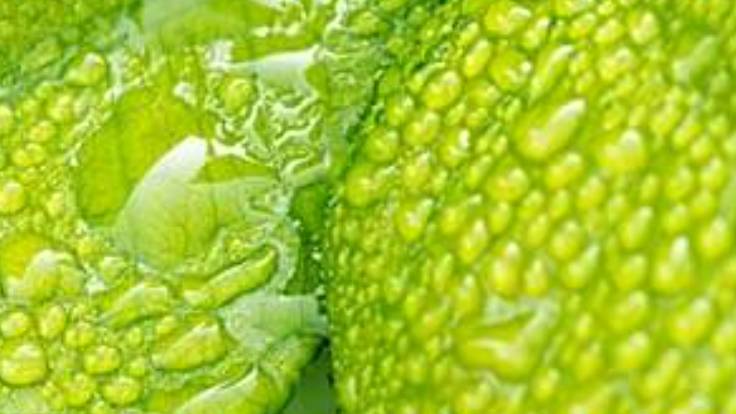Kenya: Seed Industry
Kenya’s seed industry consists of formal and informal sub-sectors. These are distinguished by seed handling circumstances. The informal sub sector (which provides 80% of the country’s seed) involves mainly cases where farmers use seed from unregulated sources, such as their own seed saved from their own production, seed bought from the local market, or seed obtained from neighbors.
The formal seed sector (representing 20% of the market) operates through an established regulatory (Cap 326) process and according to international seed testing and certification schemes (ISTA and OECD, respectively). The latter is applicable mainly to seeds of major and/or high value crops grown in high potential or under intensive production systems. Development of seed is done by mainly registered seed companies or their authorized agents. Kenya Plant Health Inspectorate Service (KEPHIS) is the national seed certification authority. KEPHIS seed certification is governed by the Seeds and Plant Varieties Act (Cap 326) and other related legislations. Certification of seed is a legal requirement in Kenya.
Kenya’s annual seed requirement varies from 24,000 to 35,000 metric tons, with annual seed sales averaging 30,000 to 37,000 metric tons. Seed imports have been rising, from 4% in 1999 to 22% in 2005/06. By 2007, seed production was 44,000 metric tons, due to good weather and early harvest.
In the formal seed sector, there are about 63 registered seed companies. The Seed Trade Association of Kenya (STAK) covers about 90% of the Kenya’s formal seed business, but provides only 20% of total planting materials. STAK members are registered producers, processors, distributors, or sellers.
In terms of seed availability, corn seed dominates the formal seed sector, with 97% market share. However, vegetable seed is rapidly growing. Kenya Seed Company, a state corporation, is the largest local seed company, and accounts for almost 90% of the formal seed sector that was available for the 2008 planting season.





